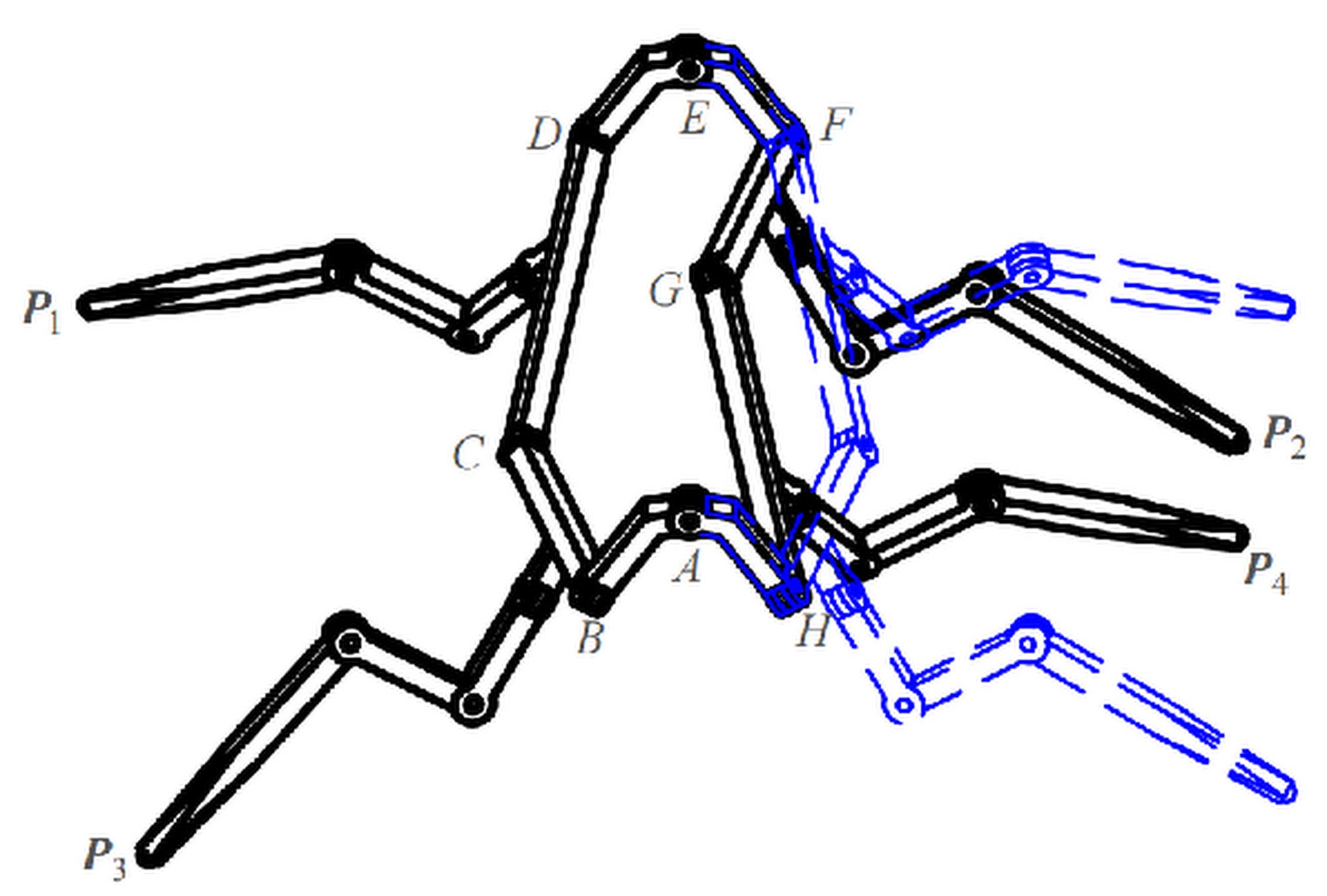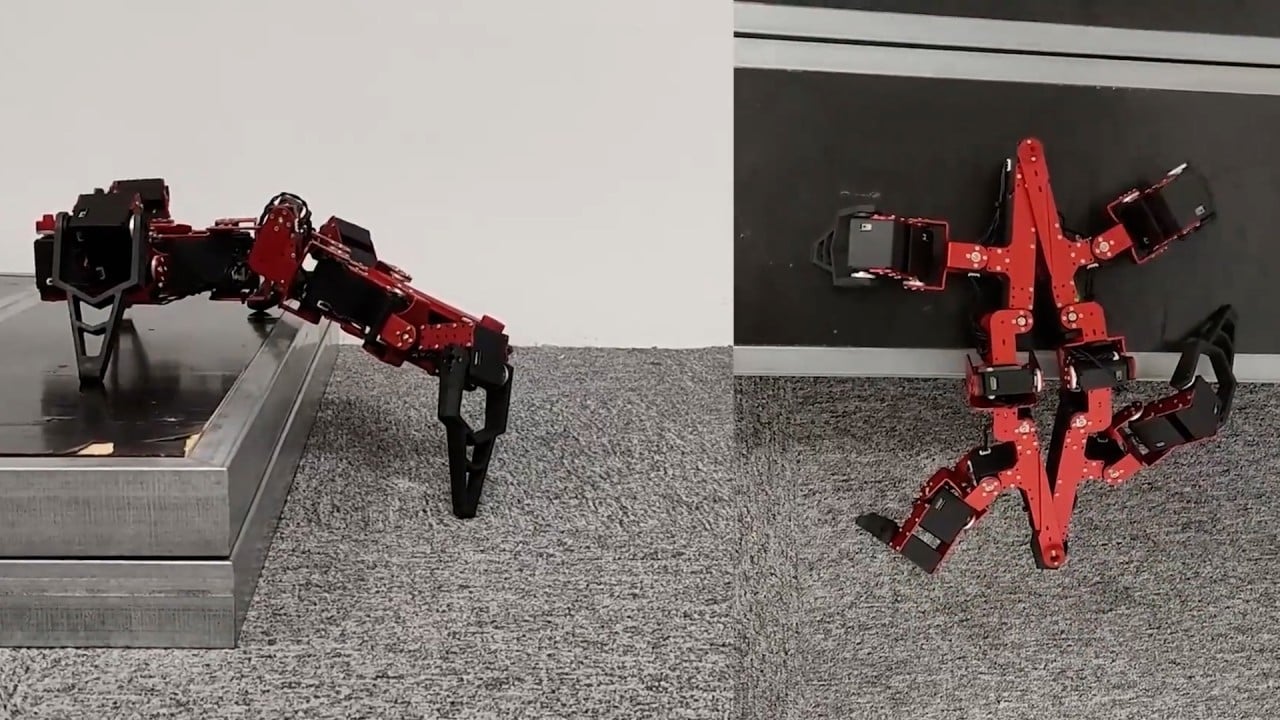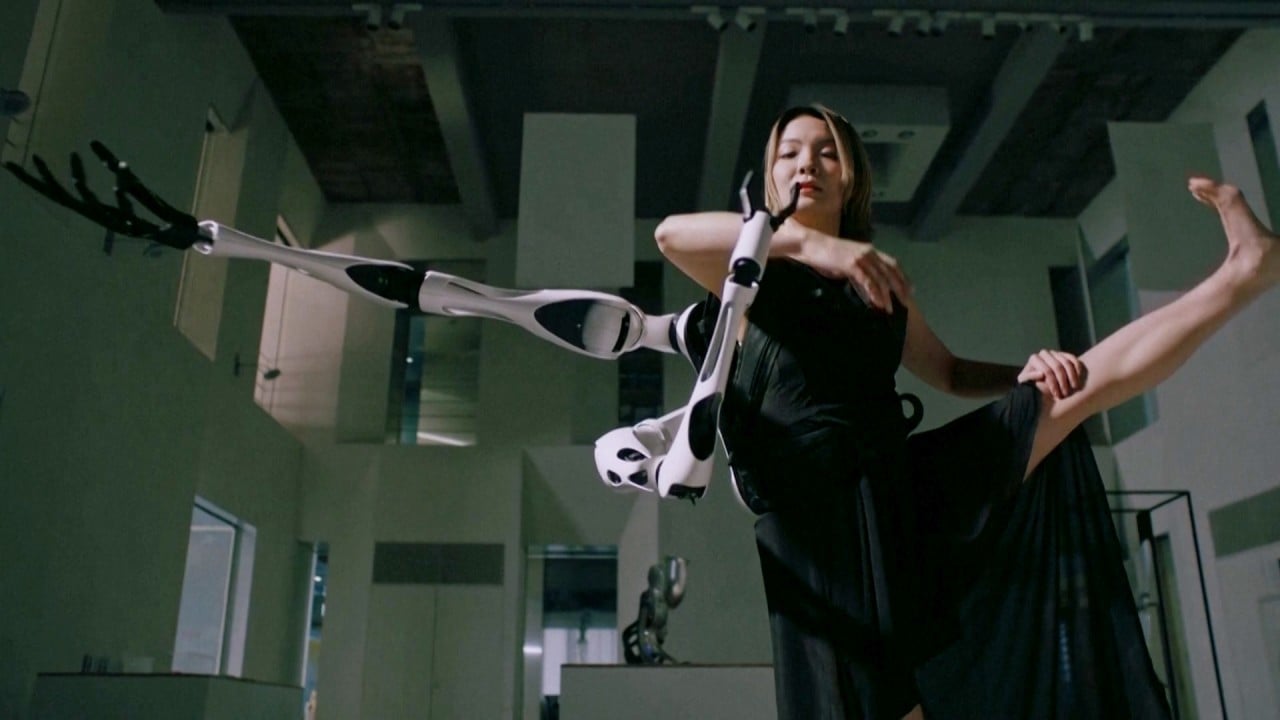The robot, named Origaker, can change its shape to simulate the movement of various types of reptiles, mammals and even arthropods within a single mechanical structure.
The mechanism was designed by a team led by Dai Jiansheng from Shenzhen Key Laboratory of Biomimetic Robotics and Intelligent Systems at the Southern University of Science and Technology.
The team was awarded the 2022 Best Journal Paper prize by the editor and editorial board of Journal of Mechanisms and Robotics, a top journal in the field, on September 5, for their research describing the design and implementation of the robot.
The paper was chosen from more than 100 manuscripts, representing the most innovative and influential research results in the field. Dai’s paper scored highest among the six assessed categories: scientific frontier, degree of innovation, theoretical height, method design, experimental results and paper writing.
Beijing to create US$1.4 billion fund to promote robotics tech development
Beijing to create US$1.4 billion fund to promote robotics tech development
Advertisement
Dai, who said he had been inspired by learning about the division and recombination of human cells, proposed the theory more than 20 year ago. The team has now built a theoretical system that incorporates mathematical tools.

Most advanced robots are designed with a rigid trunk, similar to the way satellite antennas and solar panels extend from a core structure in the aerospace field. Those devices change shape during deployment, but stay fixed afterward. A metamorphic robot, however, can keep transforming.
“Indoor and outdoor experiments were carried out to validate the superior adaptability and locomotivity of the robot,” said Tang Zhao, the paper’s first author.
Advertisement
“The robot can crawl over various surfaces, execute designed gaits on different terrains and conquer challenging obstacles.”
Chinese team beats Hollywood with ‘world’s fastest’ robot boxer – Qibbot
Chinese team beats Hollywood with ‘world’s fastest’ robot boxer – Qibbot
The team tested the robot on a series of objectives including self-flipping, fast spinning and stair climbing. It was able to pass through narrow paths, conduct quarter turns, move across soft grass or sandy terrain and climb over rocks.
Advertisement
“The results have laid a solid foundation for the future development of more advanced next-generation biological metamorphic robots and their control algorithms,” the China Science Daily report said.
Advertisement
“The results have laid a solid foundation for the future development of more advanced next-generation biological metamorphic robots and their control algorithms,” according to the China Science Daily report.
Advertisement




